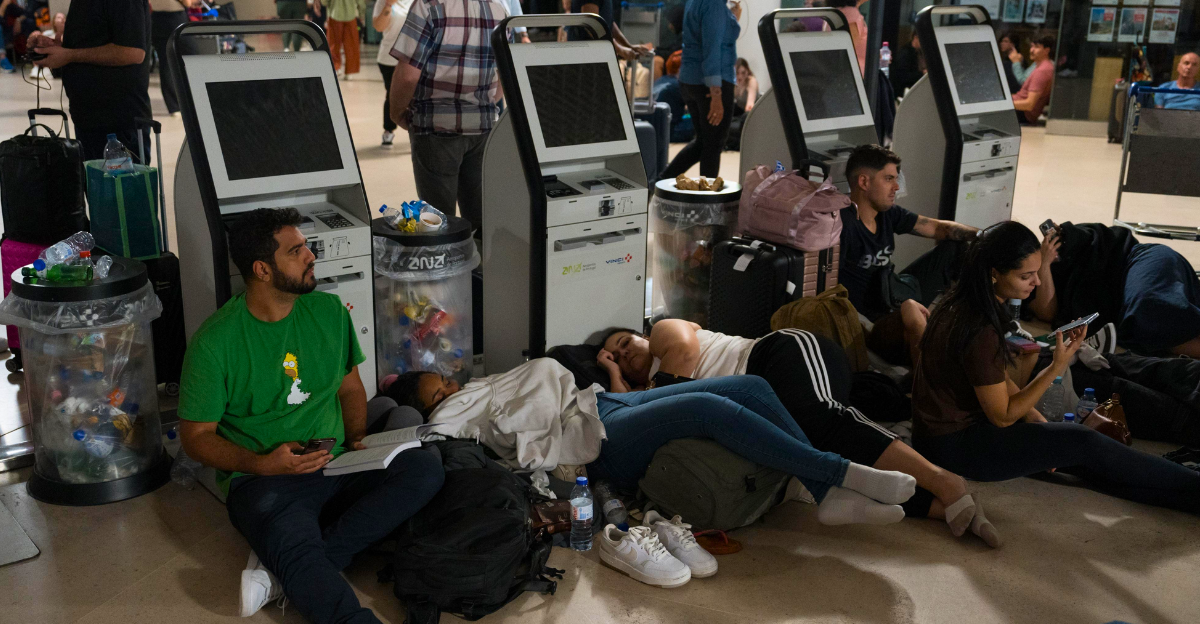
April 29th, 2025, 12:35 p.m. Spain and Portugal blinked out of existence. Trains that were halfway running stopped. Bank machines flashed into darkness. Traffic lights abandoned their posts, silencing cities in stunned quiet.
And even though the power was slowly coming back, the answer remains: What really happened? Was it an accident? A solar gamble gone wrong? A cyberattack that went unnoticed?
Or something even more compelling—a weather-related phenomenon that cut through the ethereal fault lines of Europe’s energy network? In this article, we unravel one of the continent’s largest power outages and the debacle that ensued.
No Thunderstorm, No Blaze—So What Caused It?
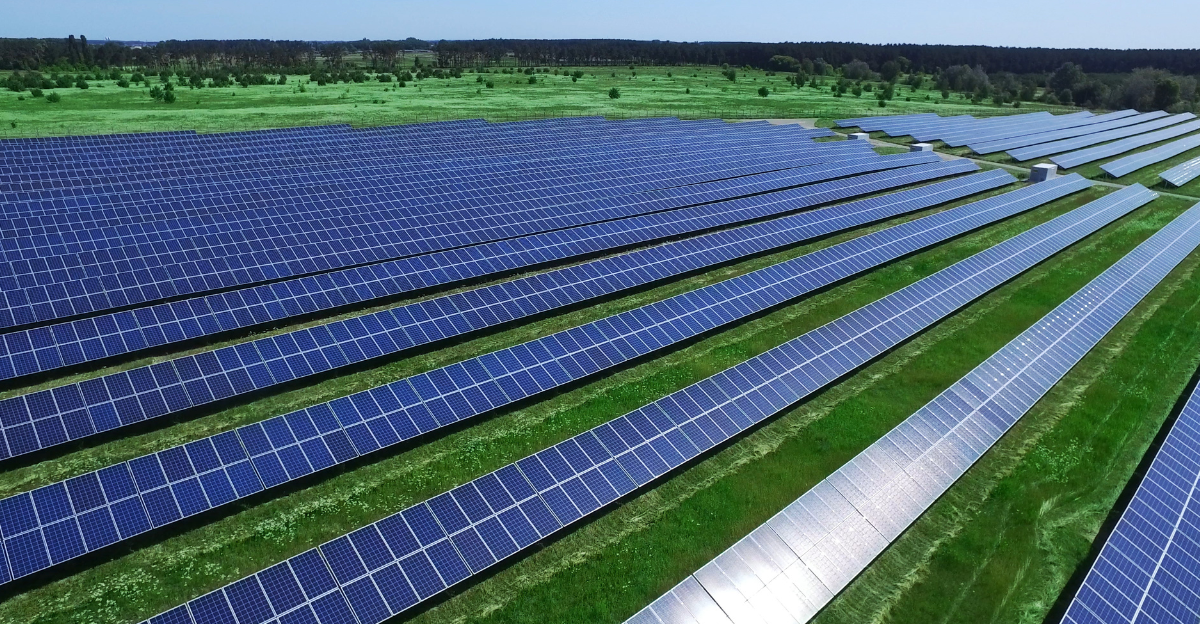
There was no sign of adverse weather. No lightning flash, no thunderstorm, and no biblical winds sweeping across the Iberian Peninsula. That’s surprising, since most big blackouts usually come with a side of storm clouds” or “are typically accompanied by storm clouds.
Spain’s grid manager, Red Electrica, eliminated weather and cyberattacks as possibilities—although Spain’s Prime Minister was quick to note that nothing is yet proven.
The actual enigma? A sudden and steep decline in solar power production, so steep and so sudden it ravaged the entire system. And no one really knows why.
A Solar Freefall—And the Grid Shudders
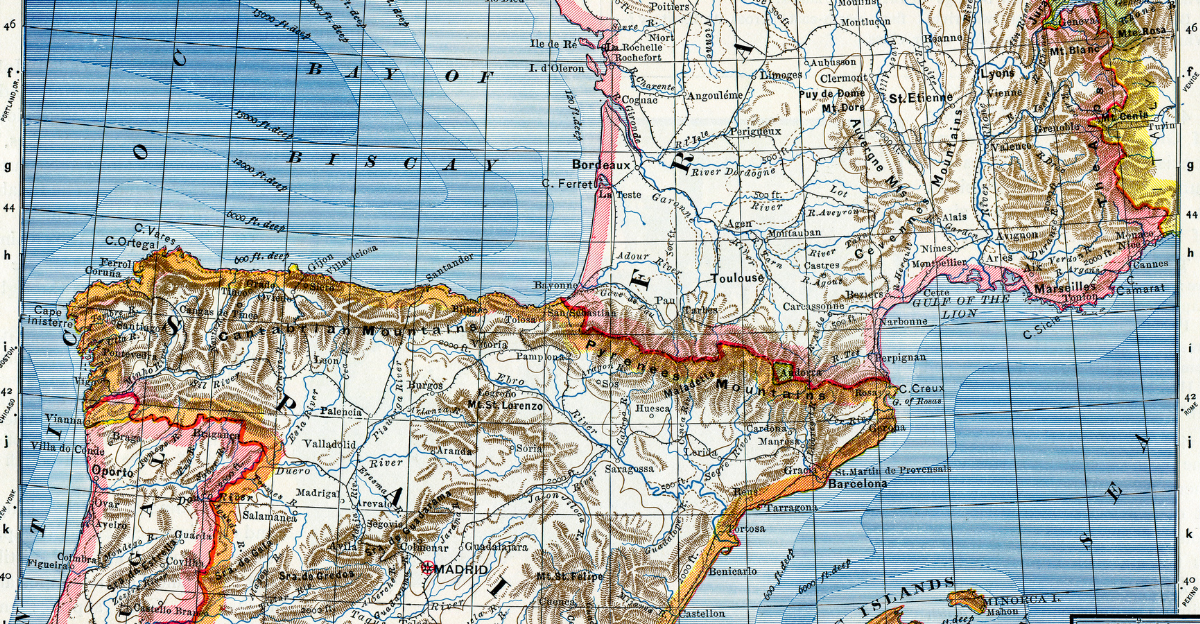
Within a five-minute span between 12:30 and 12:35 p.m., Spain’s solar photovoltaic output fell by more than 50%. That’s not only unusual—it’s astounding.
From 18 gigawatts to a mere 8, with no notice. Although solar supplies nearly 60% of Spain’s energy mix, it lacks the stabilizing “inertia” of aging systems such as coal or gas.
The sudden void caused shockwaves in the interconnected system, shutting off connections with France and propagating a domino effect to Portugal as well. It was as if a circuit overloaded with power had suddenly been removed. But… why?
The Weakness of a Greener Grid
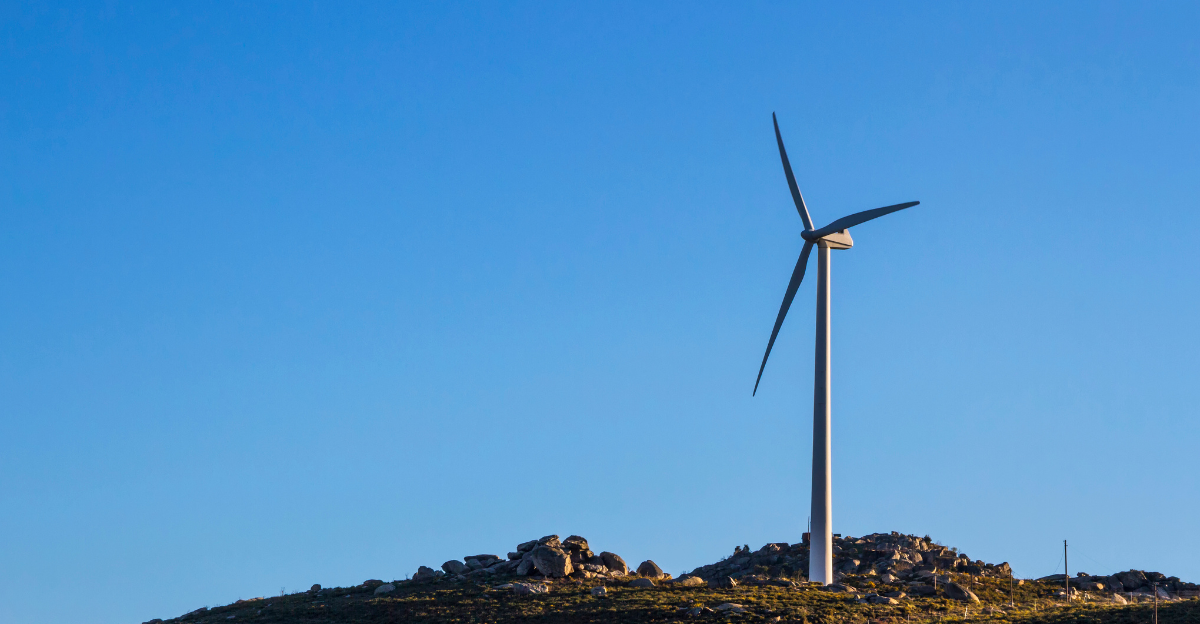
Spain is a green energy pioneer, with close to half of its energy coming from solar and wind. But there’s a catch: while green power is good for the environment, it’s not so good for grid stability when inertia is low.
Solar doesn’t have the benefit of a rotating mass that can absorb disturbances like gas turbines. It’s akin to using a flashlight rather than a flywheel.
On April 29, with gas producing a meager 5% of the power, and coal well out of the question to begin with, saw little resistance within the system as the whole works started going off in various ways.
Did the Sun Just. Vanish?

Solar output nosedived, crashing like a brick while skies, forecast said, were clear and fine the day before. A few researchers speculate an atmospheric event at high altitude—perhaps a sudden shift in cloud density or particles in the air—could have briefly reduced solar radiation over a key region.
Sounds like science fiction, but solar is rather persnickety. There’s even speculation of a rare “solar eclipse-type” effect caused by interference from the stratosphere.
Others speculate a hardware failure in southwestern Spain’s solar farms could have caused a cascade failure. Either way, the Sun itself didn’t vanish—but something was interfering with its ability to transmit power from reaching the Earth’s surface.
France, Portugal, and the Ripple Effect
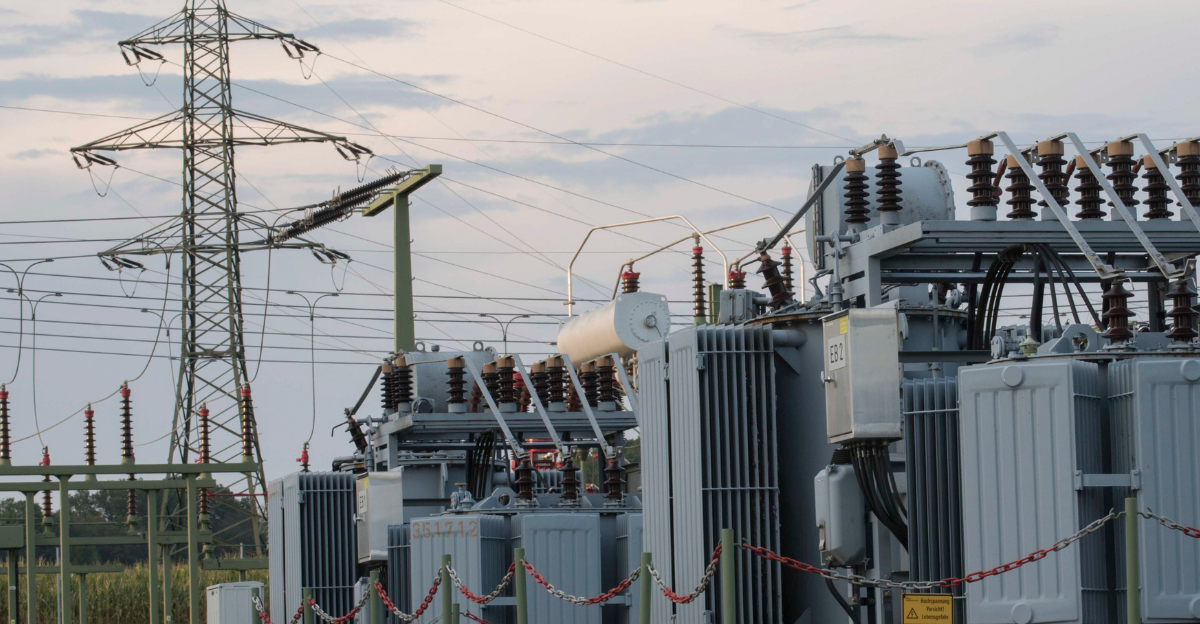
As the crash got underway, Spain was selling electricity both to France and Portugal. In fact, sales to France were operating at virtual capacity—868 megawatts—before everything went dark.
When the solar crash began, the export transmission lines couldn’t take it. They struggled to defend themselves, fragmenting the grid into chaotic, smaller pieces. Portugal’s grid went out along with Spain’s.
France’s grid remained, though it was shaken by the sudden interruption. It was a dramatic reminder of just how deeply Europe’s grids are integrated nowadays—both in a good way and a bad way.
Restarting the Nation—The “Black Start” Challenge
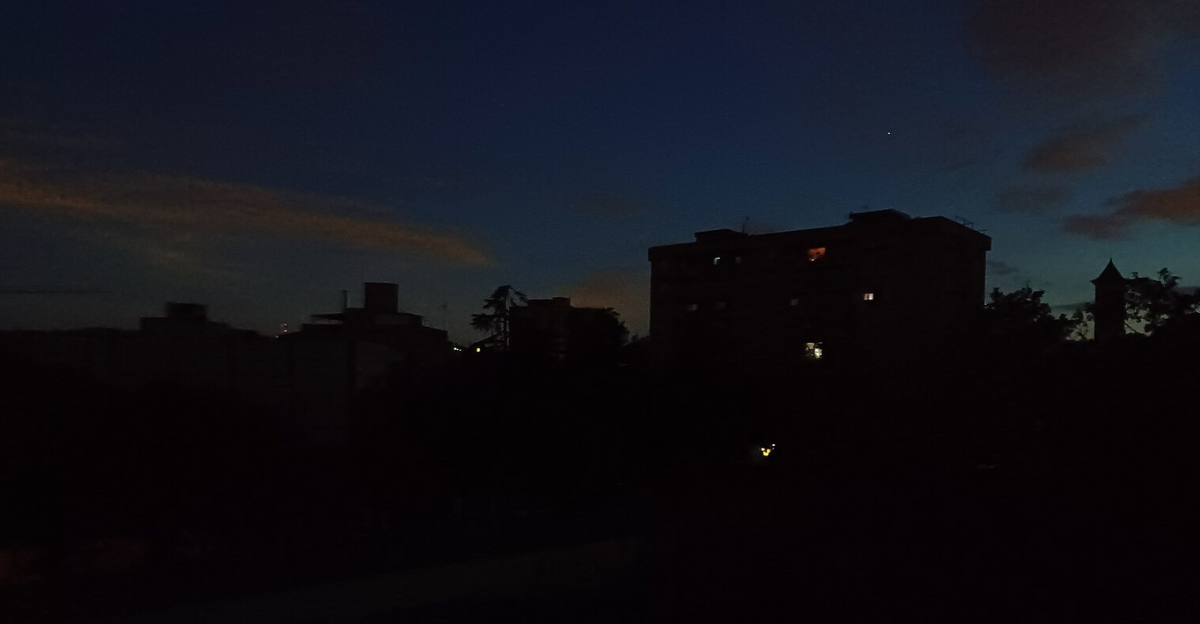
It takes more than switching on a switch to rebuild a whole nation’s power. Known as a “black start,” the process is one of gradually restarting individual power plants and bringing them back onto the grid in stages.
Spain was forced to switch rapidly to gas and hydropower to get back on track, even importing emergency power from France and Morocco. It’s a delicate balancing act: too quickly, and systems overload once more, too slowly, and critical infrastructure remains offline.
By late afternoon, traffic lights and metros flickered back into life, but the vulnerability of the process raised concern.
The Cyber Question—Still on the Table?

Red Electrica maintained: no indication of a cyberattack. But Spain’s High Court is not believing them. While official sources have temporarily dismissed it for now, Prime Minister Pedro Sanchez announced that the investigations would go on.
A cyberattack on renewable infrastructure is not out of the question. With so much of the world being digital—and so many solar systems dependent on cloud-based information—just one well-timed malware injection would cause chaos.
The court investigation is attempting to determine if human fingers (or lines of malicious code) could still be lurking behind the veil of this so-called natural meltdown.
Is Renewable Energy to Blame?

This blackout again sparked controversy about whether we’re truly prepared for widespread renewable reliance. Critics argue the grid’s weakness proves solar and wind—clean as they are—are not as reliable as conventional sources.
But experts and EU officials caution against jumping to conclusions. They contend the problem is not renewables, but how we incorporate them. Improved battery storage, additional inertia backups, and more intelligent AI-based forecasting might avoid similar incidents in the future.
Prime Minister Sanchez himself indicated the issue wasn’t really to do with renewables, saying that supply was in fact higher than demand when the crash hit. So… the sun didn’t shine too brightly. It just blinked.
So, What Happens Now?

Europe is opening an official investigation, and the energy world waits with bated breath. Was it a tech failure? A solar bug? Or nature flexing its unpredictable muscles?
Whatever the reason, Spain’s blackout reminded us of this: as we sprint toward a cleaner, greener grid, we’re also wading into unfamiliar waters. Innovation has to be paired with resilience.
Because when the sun shines on your country, even a brief shadow can plunge everything into darkness. And perhaps—just perhaps—that’s the cost of progress in a world illuminated by photons and possibility.
Explore more of our trending stories and hit Follow to keep them coming to your feed!

Don’t miss out on more stories like this! Hit the Follow button at the top of this article to stay updated with the latest news. Share your thoughts in the comments—we’d love to hear from you!







